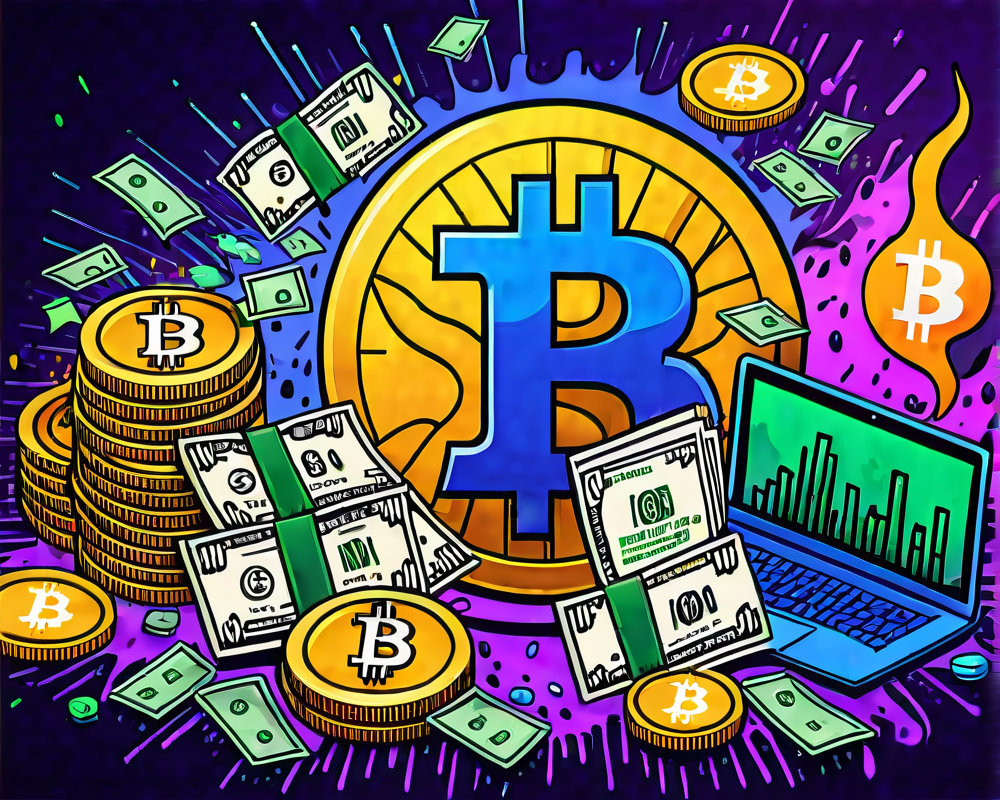Understanding M2 and Its Impact on Crypto
The M2 money supply—basically, the cash and easily liquidated assets in circulation—is like the lifeblood of the economy. When it increases, it suggests that there’s more money out there, fluttering about like butterflies at a summer festival. Raoul Pal, the co-founder and CEO of Real Vision, recently expressed his theory that this increase could be a precursor to a new bull rally in the crypto world.
Bitcoin vs. The M2 Supply: A Dance Through Time
Pal’s observations are supported by historical data which reflects a tantalizing relationship between Bitcoin’s price and the fluctuations in the global M2 money supply. When M2 rises, so too does Bitcoin—often testing the limits of traditional market returns.
- In 2021, a surge in M2 supply was closely matched by Bitcoin’s stunning performance.
- Similar patterns appeared in 2017 and even back in 2014, following rises in M2.
“When the M2 rises, it’s like pouring fertilizer on the crypto garden. Growth is imminent!” – Pal’s metaphorical take on monetary policy.
The Ripple Effect: Why More Money Might Mean More Crypto
The correlation isn’t just about numbers on a graph; it’s the palpable effect that increased liquidity has on investor sentiment. With more bucks in circulation, investors are typically giddy, and that excitement trickles down into crypto investments. What we see is a decoupling from traditional markets, leading to Bitcoin becoming what Pal cheekily refers to as a “Super Massive Black Hole.” Perhaps not the best name for consumer confidence but certainly catchy!
The Role of Monetary Policy
Central banks influence the ebb and flow of M2 through various powers they wield, like slashing interest rates or engaging in quantitative easing. But let’s face it, during those tightening phases, crypto often finds itself in a more precarious position—almost like an awkward sibling at a family reunion.
Looking Ahead: The Halving Factor
Adding another layer of complexity is the Bitcoin block reward halving, set for April 2024. Every four years, the amount of new Bitcoin generated decreases, ushering in potential price flips that can shake up the market. Theoretically, less supply with increasing demand can create some serious price action. But as always, nothing is straightforward in the cryptosphere!
Conclusion: The Future Looks Bright (or Not)
Ultimately, it’s about connecting the dots between increasing money supply, Bitcoin’s history, and investor behavior. While no crystal ball can accurately predict market movements, the historical patterns suggest that as M2 rises, so too may Bitcoin, making the future look incredibly promising—or at least worth keeping an eye on!




